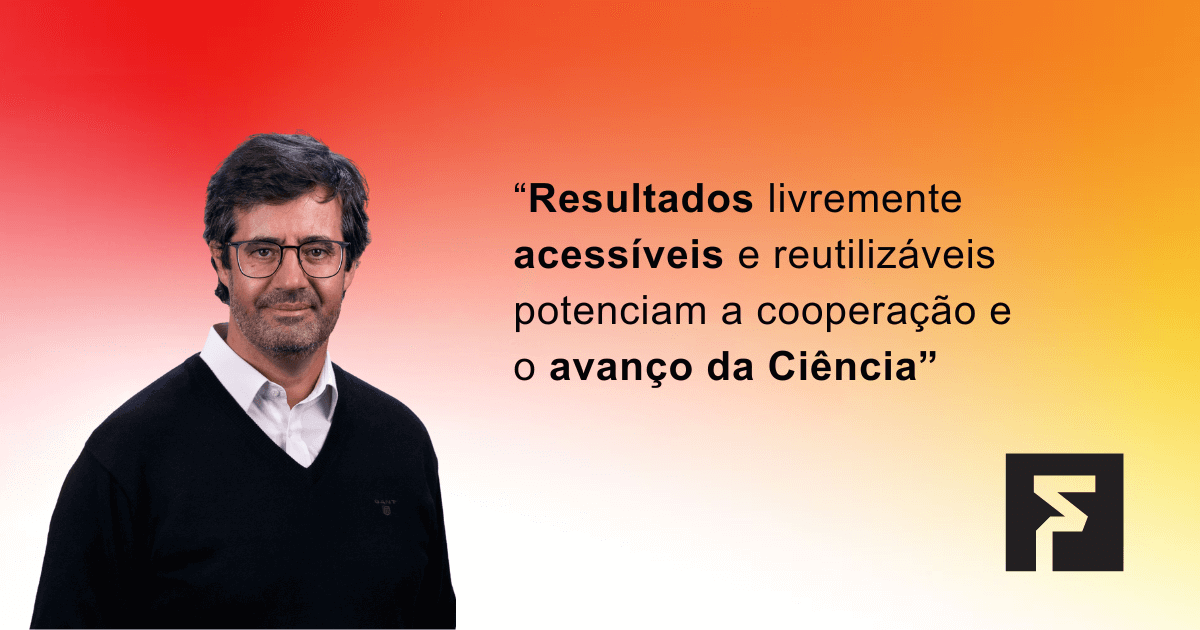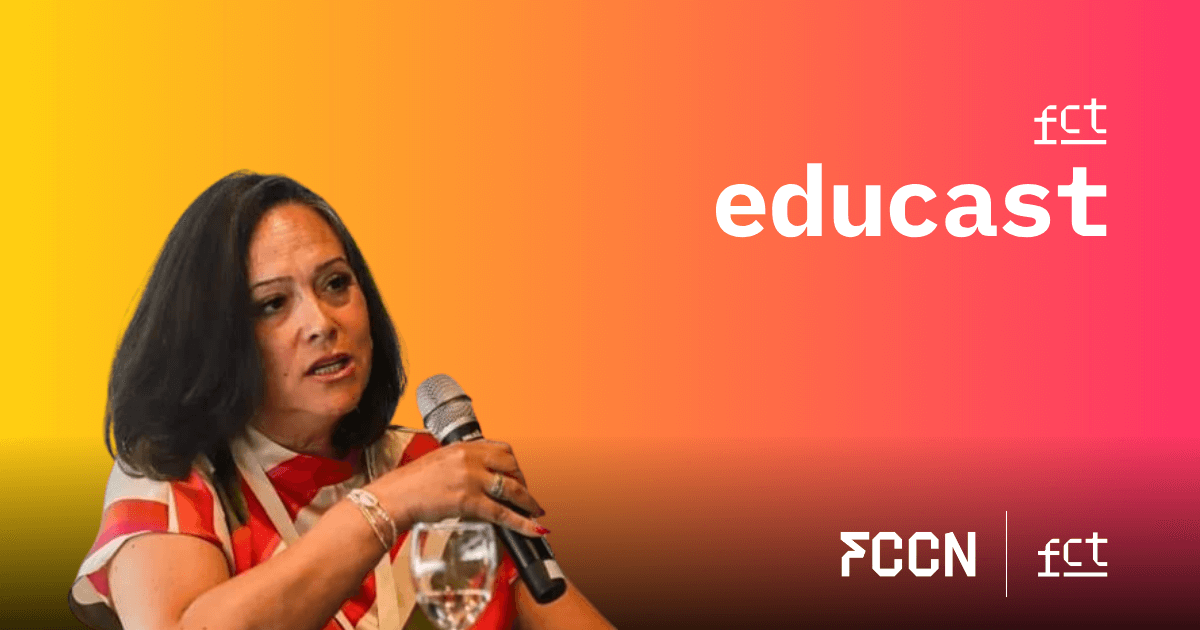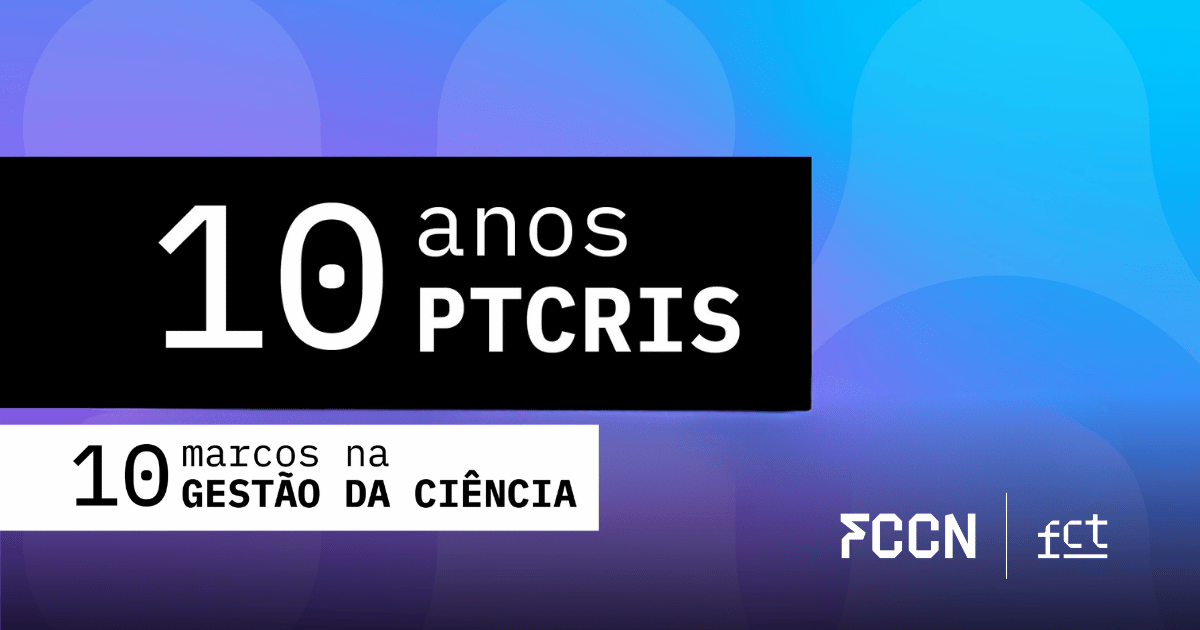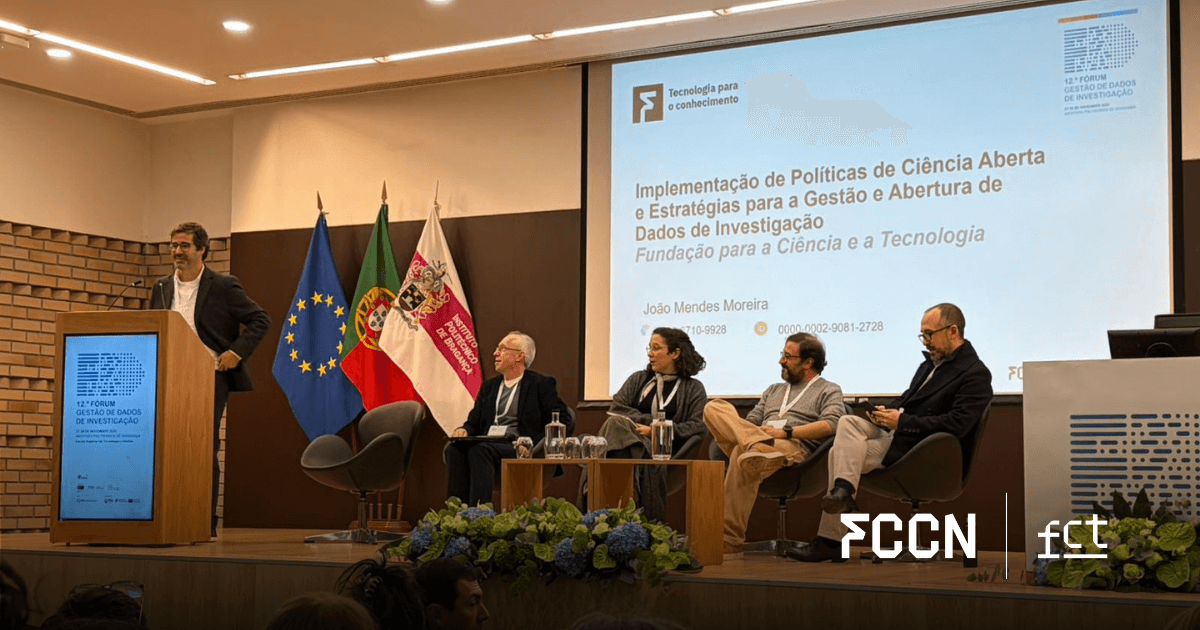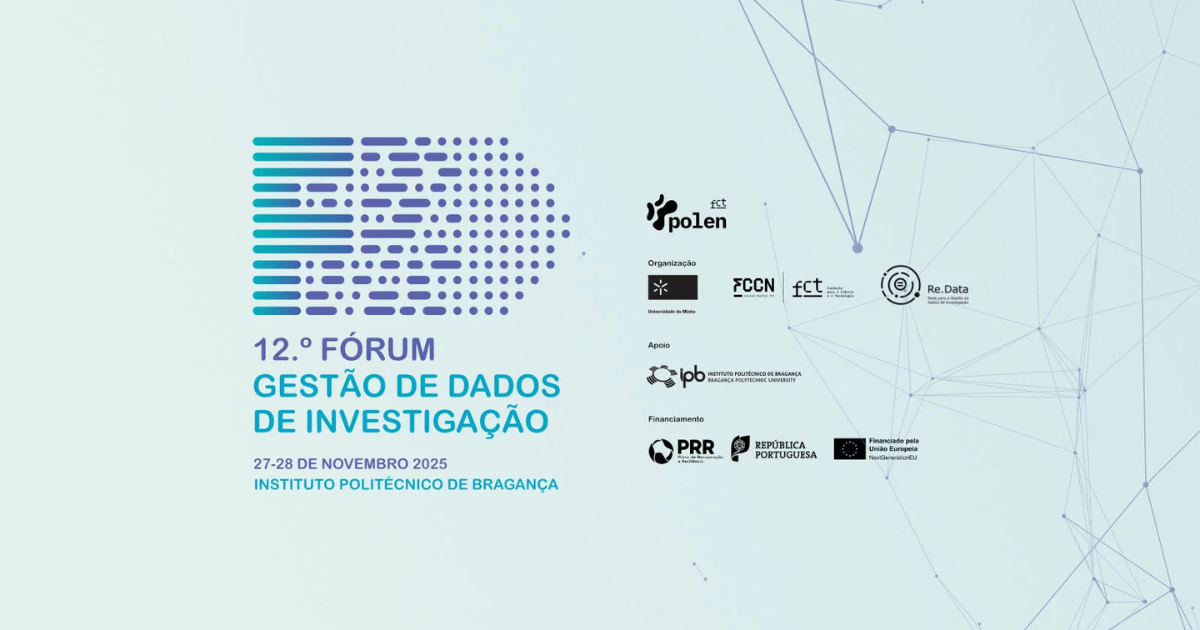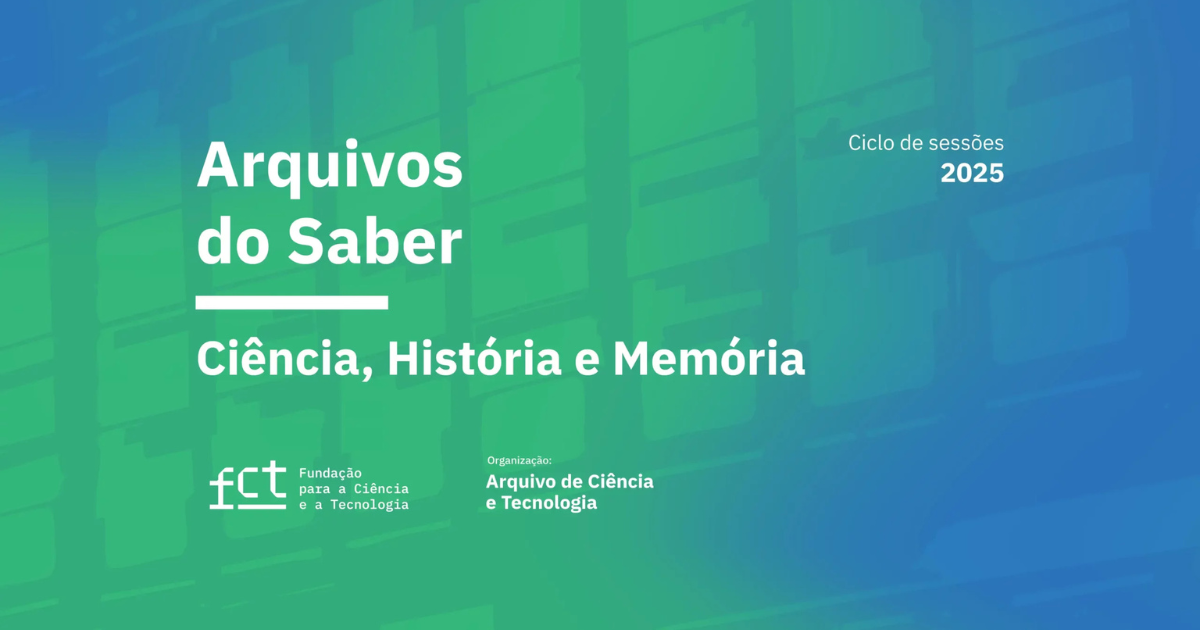Cátia Laranjeira, Science Manager at the FCCN Unit, details some of the challenges faced by women working in the world of Science and Technology, offering some clues about how to address them.
The FCCN Unit joined the GÉANT Women in STEM campaign, which aims to raise awareness of women's role in Science and Technology. How do you think the visibility of women's work in this field has evolved in recent years?
More and more women are distinguishing themselves in science and receiving public recognition for their contributions. Portugal, in particular, has come a long way in this field – women now account for 601,700 scientists in state laboratories and about half of scientists in higher education institutions. Even so, less than a third of full professors and top-ranking researchers are women.
#2 Are there any challenges for women working in these fields? Specifically, in your area of expertise?
Science, like any other human activity, is not immune to the prejudices and biases of the society in which it is developed. Examples of this include cases like that of Tim Hunt – a Nobel Prize-winning biochemist – who, in 2015, resigned from University College London after publicly declaring himself in favor of "single-sex labs" and having "difficulties dealing with women in his lab." According to Hunt, "three things happen when they're in the lab: You fall in love with them, they fall in love with you, and when you criticize them, they cry." Added to this type of thinking is the difficult balance between family life and a scientific career often characterized by uncertainty and precariousness, as described in the study. Scientific Work in Portugal: Precariousness and BurnoutThis was yet another of the weaknesses that the Covid-19 pandemic exposed and exacerbated. So, yes, there are challenges that, whether overt or subtle, transversal or specific, continue to contribute to gender inequality in science.
#3 What steps do you think could be taken to lead to the elimination of these
difficulties?
Eliminating these challenges means eliminating gender inequality, a challenging task that will certainly take generations to fully achieve. Structural changes necessarily involve education—today's children are tomorrow's adults, and therefore, education and socialization that promotes a more egalitarian society will be essential to gradually eradicate deep-rooted stereotypes. This also applies to deconstructing stereotypical representations in the media and promoting the visibility of women who excel in their fields, particularly in science. Meanwhile, implementing inclusive public policies, expanding the network of family support infrastructures, shared parental leave, and other measures can certainly help.
#4 What is the contribution that days like International Day of Women and Girls in Science can offer to solve these problems?
Initiatives such as International Day of Women and Girls in Science They serve, above all, to inspire young people and to draw everyone's attention to the fact that science, and ultimately society, only benefit from diversity and inclusion. Diversity is positive, not because women are inherently better researchers, but because the different perspectives and ways of approaching problems that arise from diverse teams are fundamental to addressing the complex issues of contemporary science.

